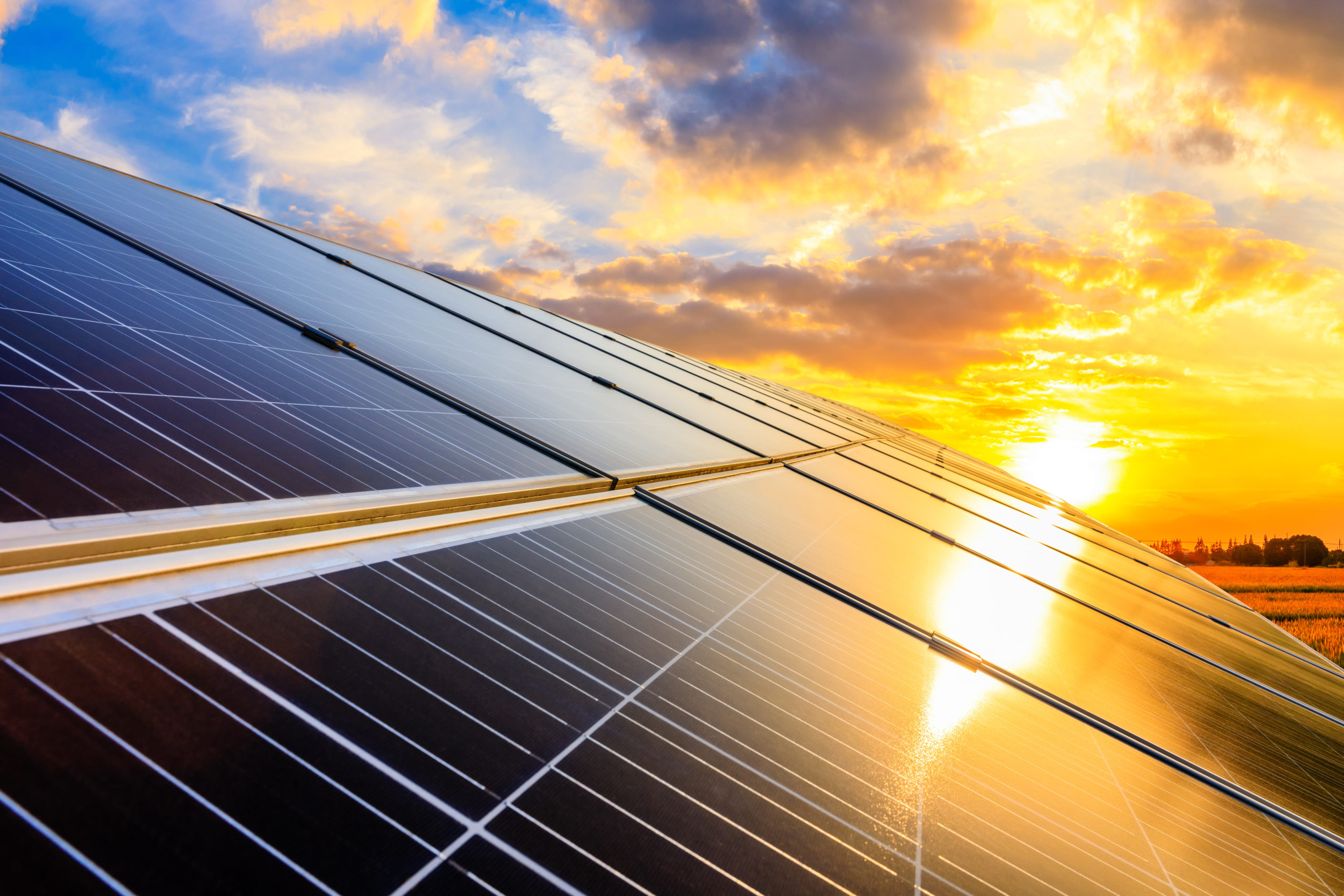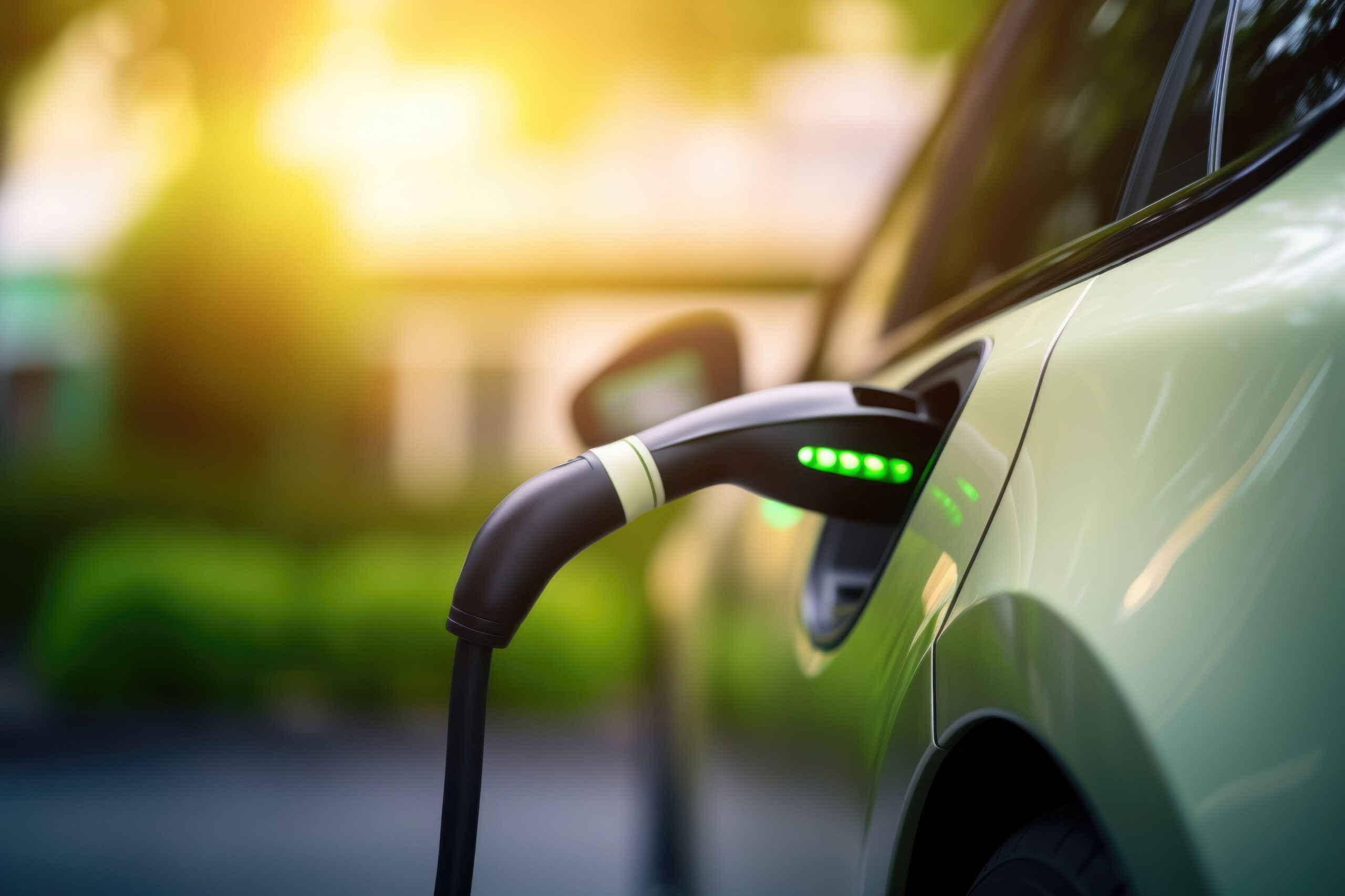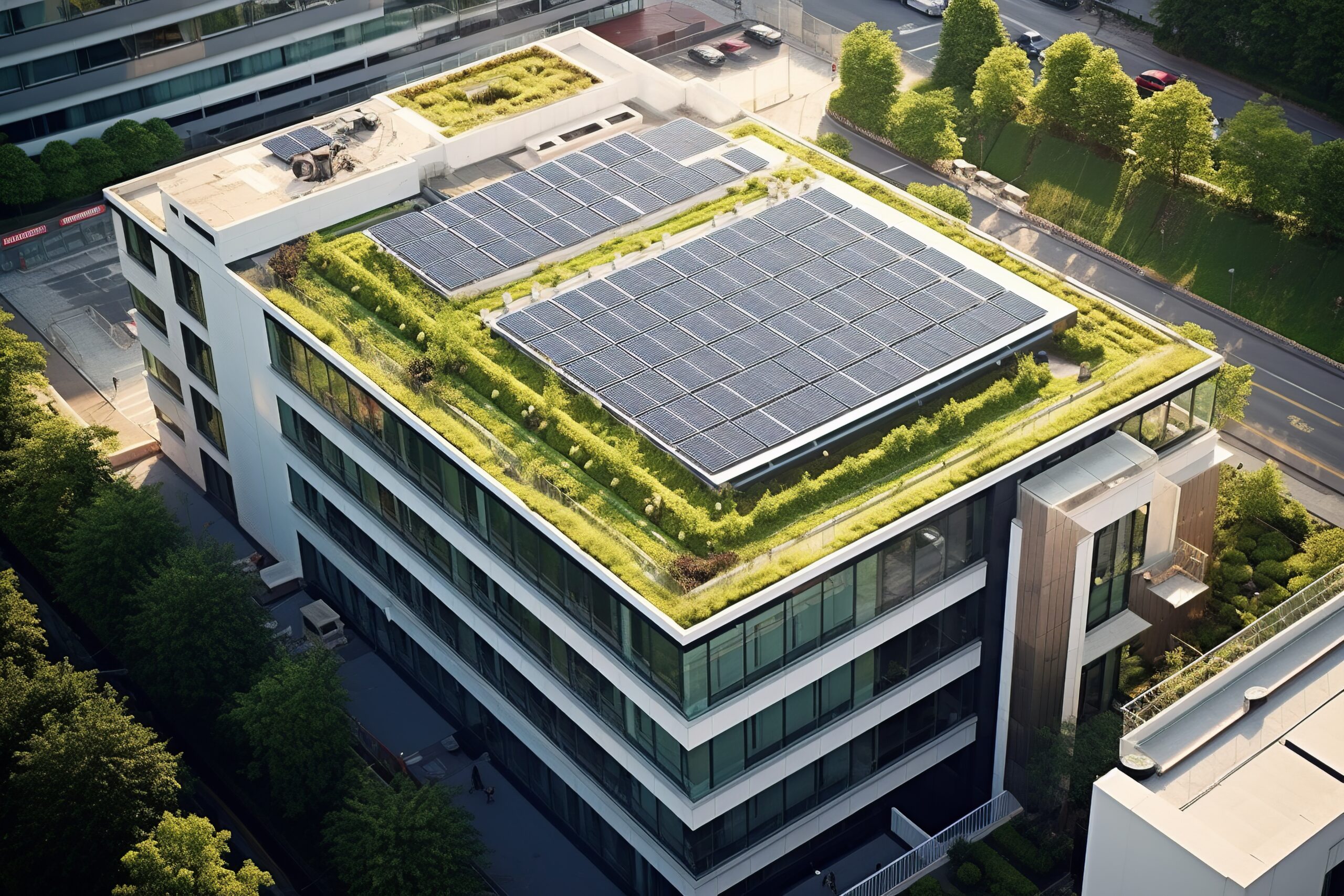
Innovations in energy storage
To fight climate change, the European Union aims to reduce greenhouse gas emissions by 40% and increase the share of renewable energy in its energy mix by 32% by 2030[1]. A cornerstone for a successful energy transition, the issue of energy storage is therefore more than ever at the core of these challenges.
The container for content, how to optimize renewable energy?
The storage of alternative renewable energy remains one of the points of contention for a successful energy transition. Intermittent energy, such as wind and solar power, does not allow – or not sufficiently – for deferred use. Scientific advances made over the last few years on storage solutions such as lithium-ion batteries and hydrogen production based on water electrolysis therefore represent progress in this field. Research in the field of renewable energy has also helped reduce the environmental impact of new technologies (batteries, cells, and energy management systems), while increasing their profitability.
It is with this in mind that researchers at Harvard University have developed metal-free batteries based on organic molecules to reduce their environmental impact and cost. To successfully complete their project, researchers looked at a battery made from rhubarb[2], a plant with high electrochemical potential. With RedOx[3] technology and by synthesizing thousands of molecules, rhubarb-based batteries can store electrolytes (conductive substances) in two separate tanks, thereby significantly increasing the battery’s storage capacity as well as its lifetime.
According to the researchers, this type of battery makes it possible, for example, to store the energy produced in one day by photovoltaic panels on the roof of a private home. Consequently, this technology paves the way for a low-cost storage solution for energy from intermittent sources.
Gravity, a natural phenomenon facilitating energy storage
On a different note, scientists have seen a promising alternative in water to develop the potential of renewable energy and increase its profitability[4]. Pumped Energy Transfer Stations (PETS), which use the gravity of water to produce energy, are an additional solution for circumventing the intermittent nature of renewable energy sources. Consisting of two basins, the stations initially pump water from the lower basin to the upper basin when demand for electricity is low (and therefore at a lower price) and store it until demand grows. When demand increases, and with it the price of electricity, the system, which helps optimize costs, generates electricity by transferring water from the upper basin to the lower basin and its integrated turbine. Thanks to this dual system (pump-motor/turbine-generator), the energy generated helps maintain the balance between electricity production and consumption.
Other gravity-based storage techniques have been developed to meet demand. A Swiss start-up company developed an innovative system to store low-cost renewable energy from stacked concrete blocks derived from construction waste recovery[5]. The principle is that, thanks to an intelligent control system, 35-ton concrete blocks are lifted by cranes to construct a tower. The energy generated by the vertical elevation is stored, after which the kinetic energy produced by their descent to ground level feeds into a turbine, which in turn generates electricity.
Salt, a promising ally for energy conservation
Even more surprisingly, some rely on the properties of salt to store energy[6]. This technology, patented by a Swedish company, relies on the use of salt to charge a battery thousands of times and store the energy generated for weeks, even months, without loss. Designed for industrial environments, the battery, made up of calcium oxide and enriched with nanocoatings (a treatment intended to protect a material to increase its shelf life), evolves and adapts to its use over time.
In principle, energy is stored chemically through salt and water separation. Electrochemical reactions are created in the battery system, which generates heat. In other words, when calcium oxide reacts with water, it turns into calcium hydroxide and releases energy. Conversely, when calcium hydroxide is dried, it absorbs heat. This technology, already tested in a pilot plant at a German thermal power station, is capable of storing ten times more thermal energy than a traditional battery[7].
As such, industry relies on the development of solutions capable of combining innovation and sustainable development. In addition to representing credible alternatives to existing storage resources, these new tools have what it takes to optimize the production of green energy, while reducing financial costs. Aware of the opportunities in this field, more and more governments and businesses are eager to ramp up research in the sector. This is an opportunity to remove certain obstacles in regards to renewable energy use and to encourage the development of new energy transition solutions.
[1] Cadre d’action en matière de climat et d’énergie d’ici à 2030 | Action pour le climat (europa.eu)
[2] Des batteries bon marché à base de rhubarbe ! – MAGAZINE ET PORTAIL FRANCOPHONE DES BIOÉNERGIES (bioenergie-promotion.fr)
[3] Batteries redox vanadium, solution durable pour le stockage stationnaire ? | Techniques de l’Ingénieur (techniques-ingenieur.fr)
[4] https://www.connaissancedesenergies.org/fiche-pedagogique/hydroelectricite-stations-de-transfert-d-energie-par-pompage-step
[5] Stockage d’énergie : l’invention géniale d’une startup suisse (futura-sciences.com)
[6] Vattenfall lance un projet pilote de stockage d’énergie dans du sel – Les Smartgrids (les-smartgrids.fr)
[7] Stocker dix fois plus d’énergie thermique avec du sel nano-enrobé (azonano.com)

